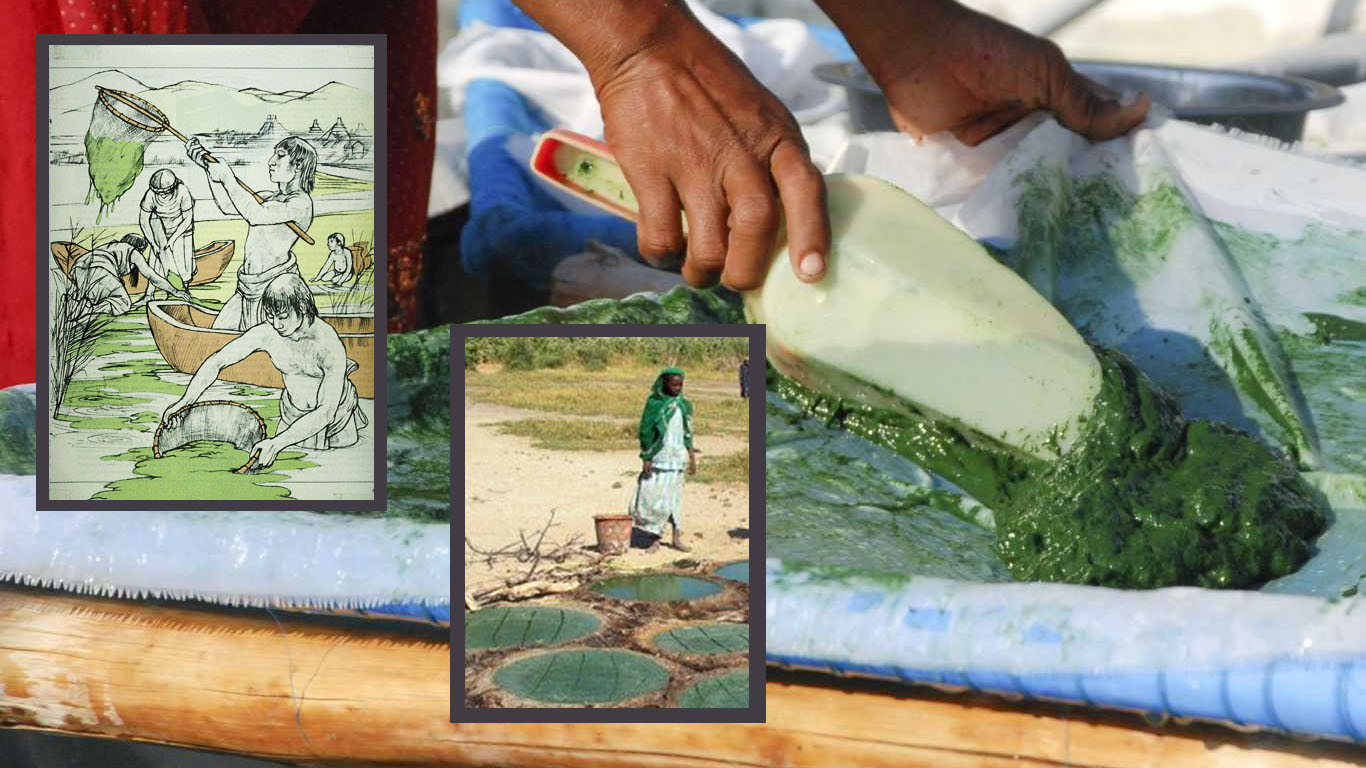Spirulina is an aquatic microorganism.
Often called blue-green microalgae, spirulina is in fact a cyanobacteria.
This somewhat barbaric name tells us that it is a bacteria characterized by the color blue.
It is in fact an organism containing a blue pigment. This carries out photosynthesis with chlorophyll.
This very astonishing multicellular organism is found
naturally in the salt lakes of the tropical belt.
Lac Lonar en Inde / Oasis du Pérou


Its presence on earth dates back 3.5 billion years during the great oxidation.
While the atmosphere was not conducive to life, irradiated by ultraviolet
a bacteria would have mutated to become cyanobacteria.
This small primitive being, between living organism and plant.
It therefore carries out photosynthesis, it therefore absorbs CO² and releases oxygen.
She was partly responsible for this pivotal period
which allowed life to appear on earth.
Spirulina has been consumed for years and still today
by the populations living near its biotope,
in the form of cakes or dried cakes.

Next:

